Blog
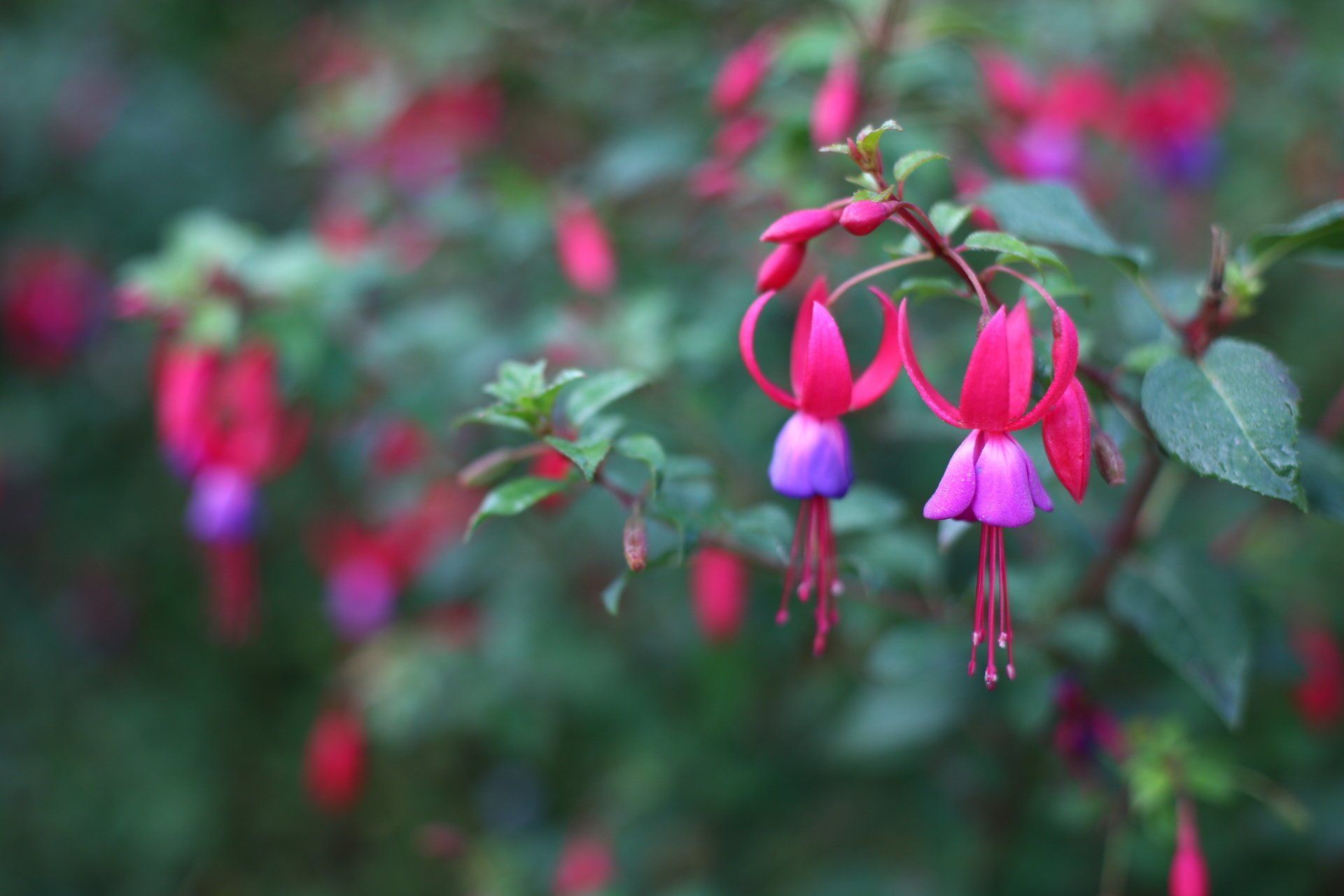
On Saturday, September 27th, we held our fall plant sale at Thornhurst Garden—and what a day it was! The garden itself provided the perfect backdrop, with the changing leaves and late blooms showing off the season’s beauty. It was such a joy to see so many friendly faces—neighbors, friends, and new visitors alike—coming together to share their love of plants. Events like these remind us how much community is at the heart of gardening. The sale helped us find new homes for much of our overstock, and many folks walked away with treasures for their own gardens. Moist fall soil means these plants will settle in happily, making this truly the best season to get them in the ground. We also held a raffle, and we’re excited to announce that Sarah Reid was our winner! Congratulations, Sarah! Thank you to everyone who came out to support us, explore the gardens, and bring home plants. We’re already looking forward to the next time we can gather and celebrate together. (Here’s a look at some of the wonderful people who joined us that day!)
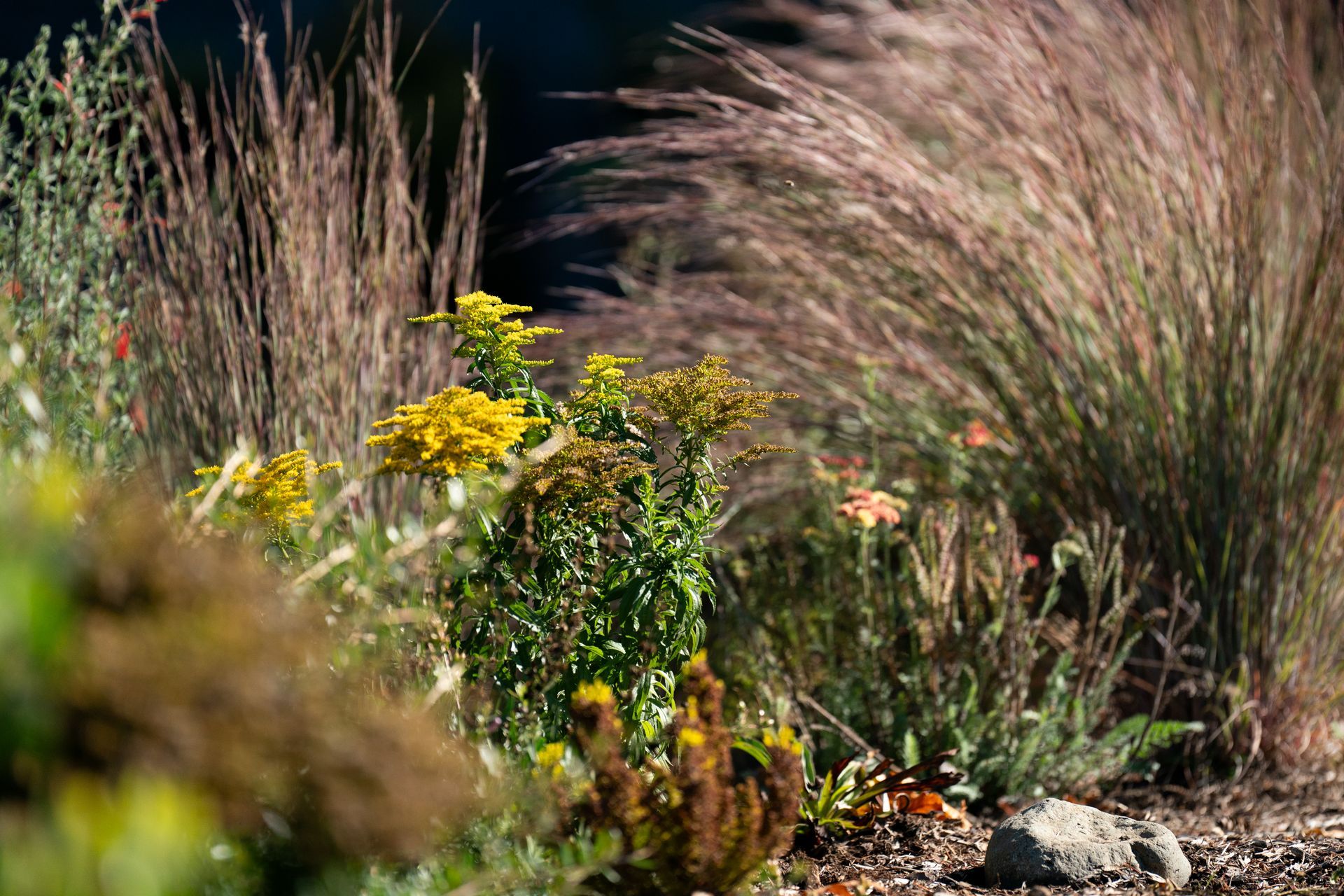
October might just be the best month of the year. Leaves turn gold and crimson, the first steady rains return to refresh thirsty plants, and the garden hums with renewed activity—birds darting through the branches and insects busy among the late blooms and fallen leaves. Soon, the season’s magic spills beyond the garden as little goblins and witches knock on our doors, candy bags in hand. For gardeners, fall is more than just a feast for the senses. Cooler days and moist soil create the perfect conditions for transplanting trees, shrubs, and perennials—plants settle in more easily now than in the heat of summer. (Unless we're talking Agaves, transplant those after the Spring rains) The softened ground also makes digging and dividing far less of a chore. Even challenging tasks like ivy removal become easier when the soil gives way beneath the roots. Autumn truly is a season of opportunity: a time to plant, to tidy (or not!), and to prepare the garden for the year ahead while savoring every bit of its fleeting beauty. The last week of October, but sometimes the first week in November, is the last time that we mow weekly. Be watching your lawn so that you can decide the best time for yourself. Occasionally, we will have a warm Winter, and a touch-up may be needed. Eco-lawns- Depending on the seed mix, you can leave these as is, allowing them to form more of a meadow look. This can help create more habitat for wildlife and insects. October is the first month when we have a higher probability of transplanting from moist, soft soil into a damp, soft new hole. All plants of course prefer to be dormant (asleep) when being transplanted. So, the coolness of October and the (hopefully) moist soil are perfect for the beginning of the transplanting and planting season. The best planting time typically extends from the rainy season until approximately the middle of March. Now is the best time to plant in Western Oregon! If you want Spring blooms, make a trip now to your local nursery and purchase Spring bulbs to plant in the ground! October/November are the traditional months for planting Spring bulbs. You can also plant fall bulbs now, such as Saffron Crocuses and Colchicums. The rain will bring out the dormant, sleepy slugs, so getting slug bait out in your beds now will hopefully thwart off a winter and spring invasion of new baby slugs! The Fall leaves will start to drop all over your yard. Remember to keep them off the lawn/grass areas and instead rake or blow them into your beds. The wet leaves will damage your lawn if left on, sometimes only in a day or two, but they can become great free compost/mulch for your planting beds. Lots of insects use this leaf litter as their habitat. This is a great way to invite more birds and wildlife into your garden as they forage through the leaves! I love watching them! This month, place mulch around potentially tender plants such as Cannas, Fuchsias, Dahlias and Calla Lilies. This will insulate them from frost or freezes. Get some bark mulch or chips and spread them 2” thick over any bare areas in your beds for the rainy season. This will prevent erosion and help choke out weed seeds from sprouting. If you are seriously into gardening, here are some more tips. Plant garlic bulbs now for harvesting next summer Pick any green tomatoes and bring them into the garage to ripen. Harvest Sunflower heads and bring them into the garage to dry. These are great for birds and human snacking. Sow native hardy annuals- you can sow these on any bare soil, or you can use gravel mulch and direct sow on that! Some great hardy annuals are California poppy (Eschscholzia californica), Red Maids (Calandrinia ciliata), Farewell-to-spring (Clarkia amoena) Gilia capitata, to name a few. Feel free to reach out to us if you have any questions about hardy annuals! A hardy annual is an annual plant you can sow in the Fall, and it will germinate, survive the Winter Months, and grow enough roots to sustain itself. Most of our natives will not require additional water the following year, and if they are happy, they will seed around and come up where they are thriving.
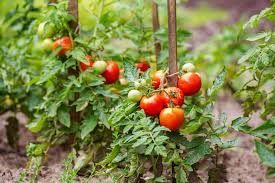
Garden Tips and Tricks for September September and October are my favorite months of the year. The air cools, the light shifts, and the season takes on that autumn magic that always makes me think of Halloween. Summer is winding down, but the garden is still alive with tasks that prepare it for the darker months ahead. Unlike spring’s dramatic storms and sudden frosts, fall eases in gently, carrying us toward the rainy season by late October. September Gardening Tasks: Ease off watering – Let plants harden off for winter, but check the soil and water if it’s dry. Keep weeding – Persistence now makes for an easier spring. Renovate or seed lawns – September and October are prime months while the air is cool and the soil is workable. Beware of fallen leaves on newly seeded areas. Slug baiting – Use traps or the beer-in-a-jar trick to keep them in check. Monitor areas and determine your threshold for damage. Slugs are also part of our habitat gardens. Trim back perennials – Clear away browned foliage to tidy beds before winter, or for habitat and sustainable gardening, leave perennials for mulch/habitat and forage for birds and insects. Planting and transplanting – September through March is ideal, with November the peak month. If you haven’t yet, begin planning which hardy annuals to seed in late October-November. Harvest – Gather winter squash, tomatoes, and potatoes while they’re ready. Winter vegetables – Early September is the last chance west of the Cascades for kale, Brussels sprouts, turnips, cabbage, and other winter favorites. Lawn fertilizer – This is the last month for summer fertilizer; switch to a fall/winter mix in November. Rhododendron cuttings – This is a good time to start new plants if desired. Prep compost piles – Stock them with fall leaves and garden trimmings for rich soil next year. Houseplants – Bring them indoors when nights turn too chilly.
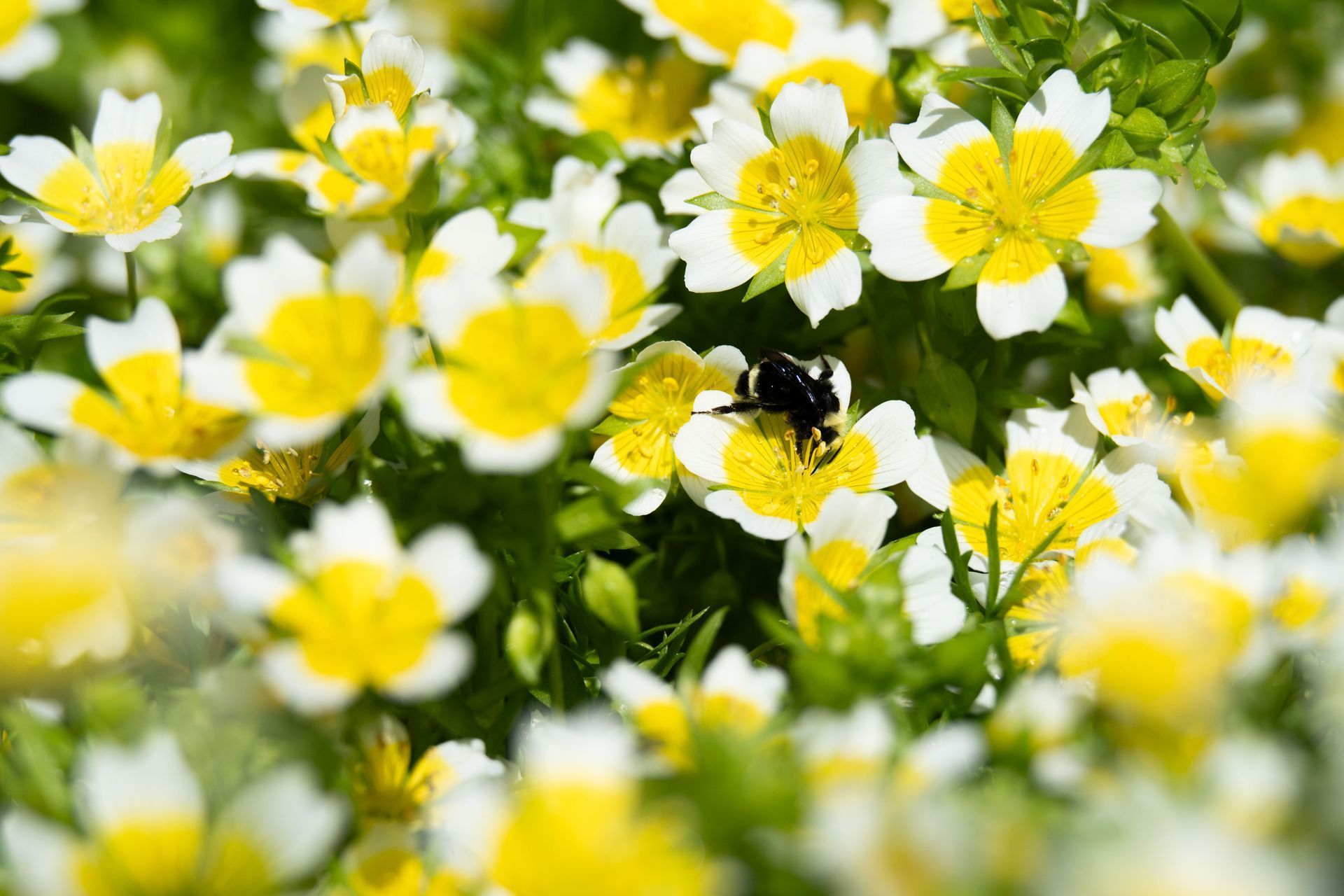
May Tips for a Habitat-Friendly Garden Plant annuals (but wait on heat-lovers): May is a good time to plant annuals in containers and beds. Hold off on heat-loving crops like tomatoes and basil until nights are reliably warm and the soil has warmed—planting too early can stress or stunt them. Start mindful watering: If rainfall has been low, begin deep, infrequent watering (about once a week). This encourages strong root systems and conserves water. Avoid overhead watering in the evening to reduce fungal issues. Rethink the lawn: If you maintain a lawn, mow higher to reduce water needs and encourage deeper roots. Consider letting some areas go wild or replacing turf with native groundcovers to increase habitat value. Weed wisely: Focus on removing weeds that are going to seed first. Even five minutes of weeding helps! Leave less aggressive weeds in place if time is short—many provide cover or nectar for insects. Support natural pest control: Promote beneficial insects like ladybugs and lacewings by planting a variety of nectar-rich flowers. For aphids, try a spray of soapy water or simply hose them off. Avoid broad-spectrum pesticides, which harm pollinators and beneficial bugs. Slug and root weevil control: Use methods that target pests without harming other wildlife. Nematodes work well for root weevil larvae. For slugs, try beer traps, copper tape, or manual removal. Diatomaceous earth can be effective but may also harm beneficial insects—use sparingly. Leave the mulch: Let leaf litter and composted mulch remain under shrubs. It feeds the soil, retains moisture, and supports beneficial microbes. Fertilize only if plants show signs of stress, and choose fish emulsion or compost tea when needed. Plant for fall and for pollinators: Now’s a great time to plant perennials like chrysanthemums (for fall color) and native flowering plants that bloom through summer and into fall—providing nectar for pollinators and habitat for insects. Plan your veggie garden: By late May or early June, plant warm-season crops like tomatoes, peppers, cucumbers, squash, beans, pumpkins, and kale. Consider letting a few vegetables bolt (like dill and kale) to attract bees and butterflies. Watch for cabbage pests: Small holes in leaves may be flea beetles or cabbage worms. Use floating row covers, handpick pests, or apply BT sparingly. Companion planting with herbs like dill or nasturtiums can help deter pests naturally. Prune thoughtfully: After spring-blooming plants finish flowering, prune only if necessary. Leaving seed heads can provide food for birds and shelter for overwintering insects. Consider leaving trimmings in beds to decompose, except those trimmings of perennials with seed heads you don't want to spread. Avoid major trimming of trees, many birds are still nesting. Skip spraying trees unless necessary: If tent caterpillars are present and damaging fruit or shade trees, remove egg masses or nests manually. Spraying should be a last resort—consider how many caterpillars you can tolerate as part of a healthy ecosystem.

A Heartfelt Thank You and Holiday Cheers from Winterbloom Landscaping Cooperative As the year winds down, we find ourselves reflecting on the incredible journey we’ve taken together over the past months. Transitioning to a cooperative has been a transformative experience, and it’s one we couldn’t have navigated without the trust and support of our amazing customers. You’ve been with us through the changes—whether you’ve been a client for years or just joined us this season, your belief in our vision has kept us going. Your loyalty has allowed us to reimagine how we work, creating not just beautiful landscapes but a thriving, sustainable community. Thank you for being part of this new chapter with us. On December 7th , we celebrated all that we’ve accomplished together at our annual Winterbloom Holiday Party ! We gathered as a team to share laughs, stories, and some well-earned joy. Phil and Barb even joined us, making the celebration even more special! One of the most meaningful parts of this transition has been seeing the way our team has embraced this new model. Their hard work, creativity, and passion bring life to every project, and we’re so grateful to have such a dedicated and talented group of people by our side. This team isn’t just the heart of Winterbloom—they’re the reason we’ve been able to dream bigger and build something truly unique. Here are a few photos from the party:
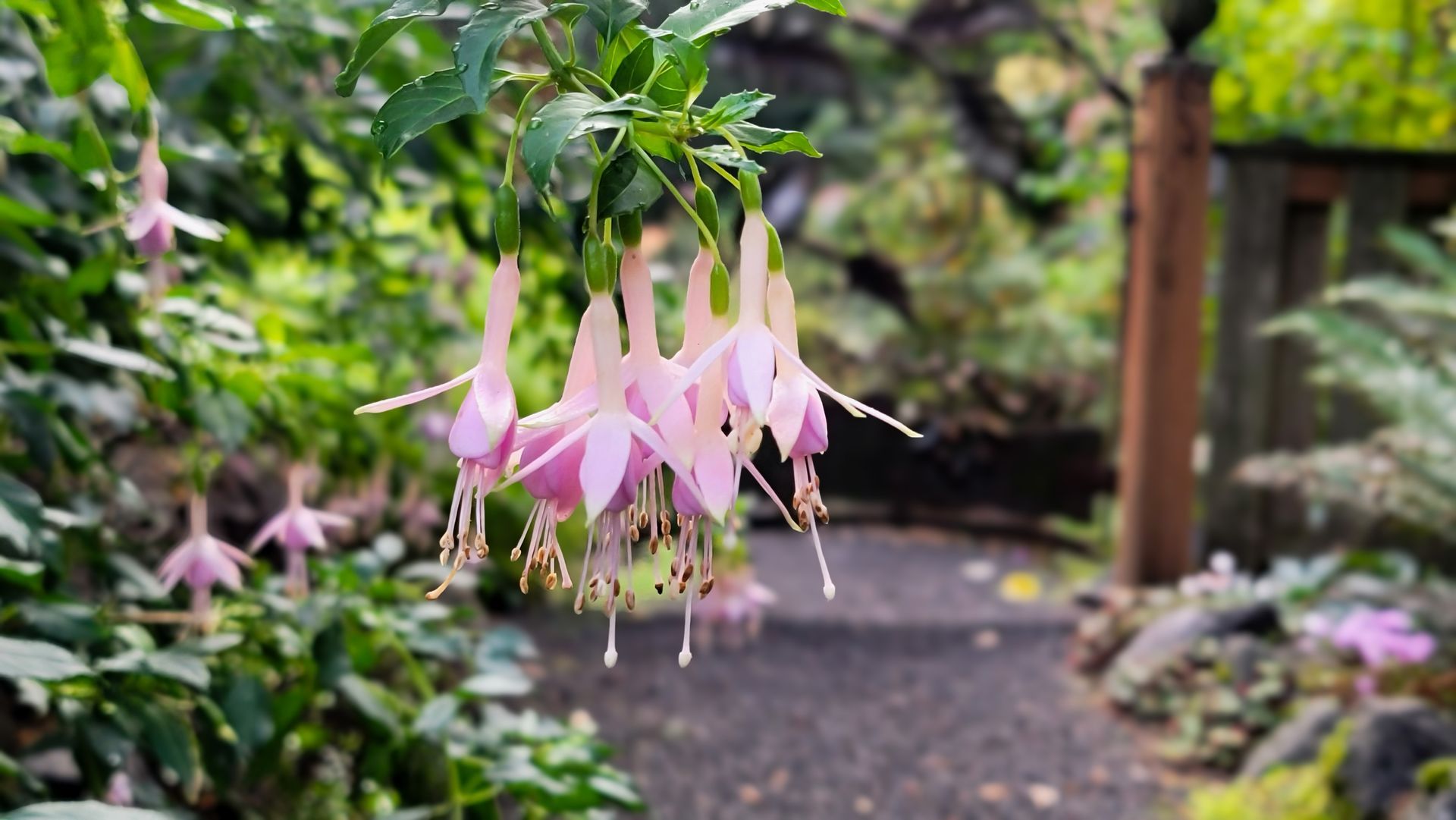
October is the transition month, weather-wise, in western Oregon. Autumn has arrived, and with it, all the things we love—cooler days, vibrant fall colors, and a fresh start for your garden. Often, we begin experiencing some serious rains about mid-month, and then by Halloween, the rainy season has begun! The last week of October (but sometimes the first week in November) is the last time that we mow lawns weekly. Watch your lawn so that you can decide the best time to stop the chore. October is the first month we have a higher probability of being able to transplant from moist, soft soil into a moist, soft, new hole. All plants, of course, prefer to be dormant (asleep) when being transplanted. So, the coolness of October and (hopefully) moist soil are perfect for the beginning of the transplanting and planting season. The best planting time usually extends through the rainy season until about the middle of March. From mid-October to mid-March is the best time to plant in western Oregon. If you want more bulbs in your garden to bloom in March, April, or May, visit your local nursery to purchase spring bulbs and plant them. October and November are the traditional months for planting spring bulbs. You can also plant fall bulbs, such as Saffron Crocus and Colchicums. However, do not expect much from them until next fall! The rains will bring out the dormant, sleepy slugs, so setting slug bait out in your beds now will thwart a winter and spring invasion of new baby slugs! The fall leaves will soon begin dropping all over your garden. Remember to keep them off the lawn/grass areas and instead rake or blow them into your beds. The wet leaves will cause damage if left on your lawn! (Sometimes, only one day can leave a scorch mark on your lawn.) However, these leaves can become great free compost/mulch for your planting beds. This month, mulch should be placed around potentially tender plants such as Cannas, Fuchsias, Dahlias, and Calla Lilies. This will insulate them from frosts or freezes this coming winter. Get some bark mulch or chips and spread them two inches thick over any bare areas in your beds to prepare for the rainy season. This will prevent erosion and help to choke out sprouting weed seeds in spring. Late October is a great time to broadcast Native hardy annual seeds. If you can get them going now, most species will sail through the summer months with no water needs. Pro tips: Plant garlic bulbs now for harvesting next summer. Pick your green tomatoes and bring them into the garage to ripen. Harvest sunflower heads and bring them into the garage to dry. These are great birds to set out over the winter for birds or human snacking. Dig and store potatoes. Harvest apples, squash, and pumpkins, keeping them all in a dark, dry, cool place around 40-45 degrees. Harvest filberts and walnuts, placing them on mats where they can dry at about 60 degrees to get them ready for cracking and eating. Harvest the red Saffron pistils from your Saffron crocuses. It would help if you were quick to harvest each day because the rain and slugs will quickly spoil the beautiful red threads. Consider digging up and storing your Pelargoniums, hanging Fuchsias and Begonia bulbs in a cool, dry location in shredded newspapers or shavings for the winter, and watering them lightly once a month over the winter to keep them alive. Do not let them freeze! Consider propagating these plants from stem cuttings: Fuchsias, Chrysanthemums, and Pelargoniums. Put them in moist, sandy soil and cover them with a clear plastic bag–this keeps the moisture in. Also, keep them away from freezing temperatures. Give them some light from a window, and if they are at room temperature, they will root faster. Spray peach, cherry, and prune trees with a simple fruit tree and copper spray to prevent cankers and leaf curl diseases. Store any chemicals and fertilizers out of the moisture and away from children. Clean and prepare your greenhouse for winter storage. Consider manipulating light now to force your Christmas Cactus to bloom around the holidays. This is done indoors.
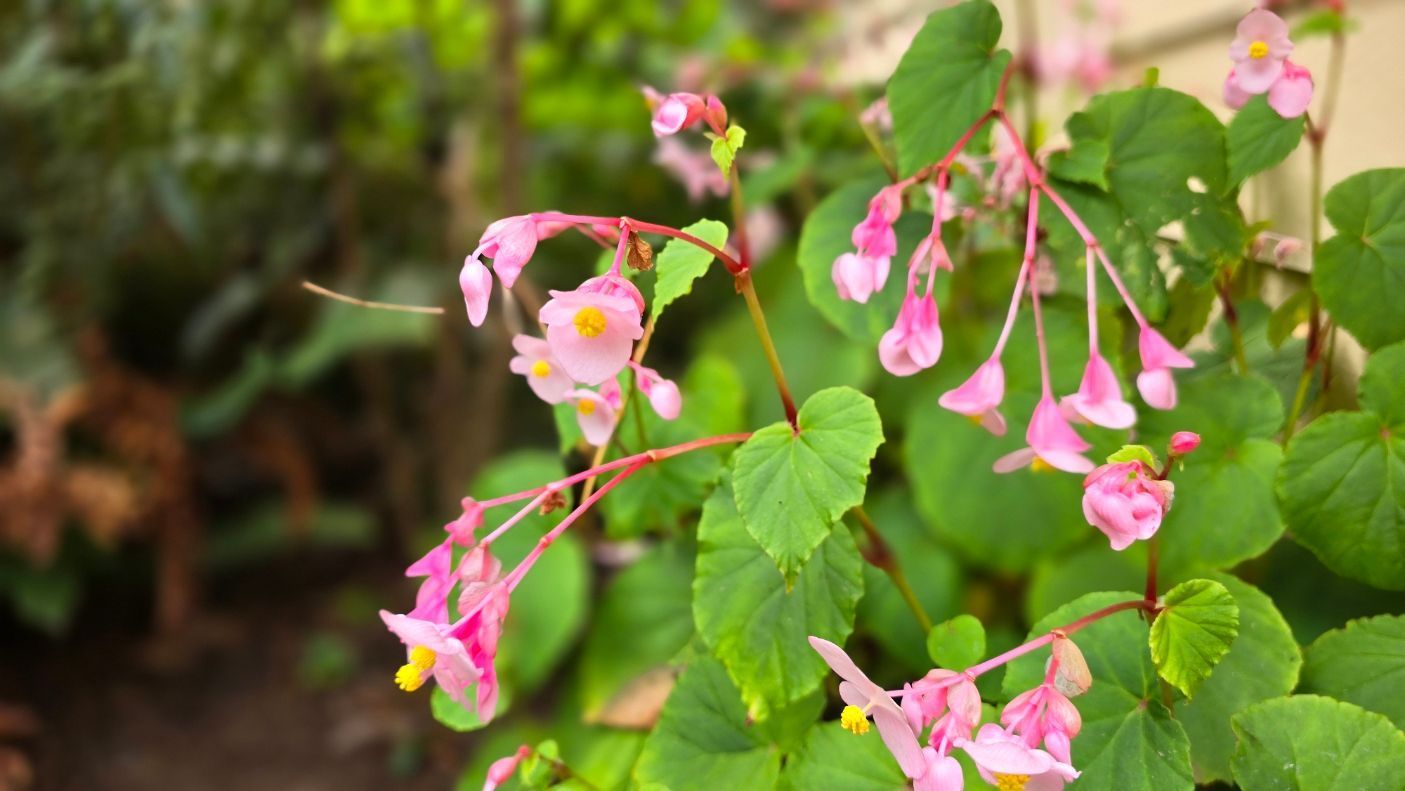
Garden Tips and Tricks for September 2024 September and October are my two favorite months of the year. The weather is beginning to cool down, but we still have some beautiful sunny days. Halloween is just around the corner and I have an abundance of bird activity in the garden still. Mornings are noticeably chilly, and it feels nice to add an extra layer to stay warm. The transition to Fall is my favorite! September Gardening Tasks: Slack off on watering in the beds, but water if your soil is dry. Less water now hardens plants off for winter. Weed. Yes, keep doing this! Never give up! September/October are the best months to plant new or to renovate old lawns, particularly as the air gets cooler and before it gets completely cloudy and cold. You may want a landscape company to perform this task for you. Bait for slugs. Remember the beer option, and if you do, make sure to bury something like a mason jar in the earth and fill it with beer to 1” below the lip, that way the slugs won’t be able to lean in and get a sip but will instead fall in. You can begin trimming off the tops of those perennials which have finished blooming and have turned brown, this will help to clear up the clutter before Winter arrives. September and on through March are the best months of the year to transplant or plant . The peak month for planting and transplanting is November. Pick and store winter squash when it is ready. This is usually late in September. Keep picking tomatoes and potatoes. Early September is the last month to plant your winter vegetable garden west of the Cascades. Examples are winter hardy kale, Brussels sprouts, different Italian greens, broccoli, raab, turnips, cabbage, kohlrabi and more. September is also the final month for regular summer lawn fertilizer application (use a special Fall/Winter mix for November). Now is a good time to take Rhododendron cuttings to start new ones if you are so inclined. Prepare your compost piles for recycling vegetation from your gardens and deciduous trees this fall. Use a copper spray for peach and cherry trees during dry periods. If you are prone to these diseases, spray for bacterial canker of blueberries, leaf cane spot and juniper twig blight (after pruning away dead and infected twigs) during dry periods. Bring houseplants indoors after cleaning and re-potting them, if nights get too cool. If possible, keep them out through October. Short Blog on How to Over Seed Your Lawn The best time for over seeding (filling in bare spots) or just grass seeding in general is September/October/November or March/April/ May. Scratch/rough up the bare areas in the lawn with a hard rake. Sprinkle some seed over these bare areas with just a little natural fertilizer and lime. Cover it to no more than ¼” deep with grass seed mulch. This looks like straw but does not have the weed seeds like straw bales have! Keep the area moist but NOT soaking wet. Lots of spritzes on hot days and just a few spritzes on cloudy days. Wait about two weeks to see what happens. If tiny green shoots, like green dog hair, begin appearing, you are doing well. If no green appears—or not enough to create happiness—repeat the performance every three weeks until you have grass. Keep the bag of grass seed in a cool place (like a garage) over the winter. In the summer put it in a refrigerator. (Watch out for rodents, they love the stuff!) Remember that overseeding a lawn regularly here and there in damaged areas is just a part of the life of owning a home which has a lawn.
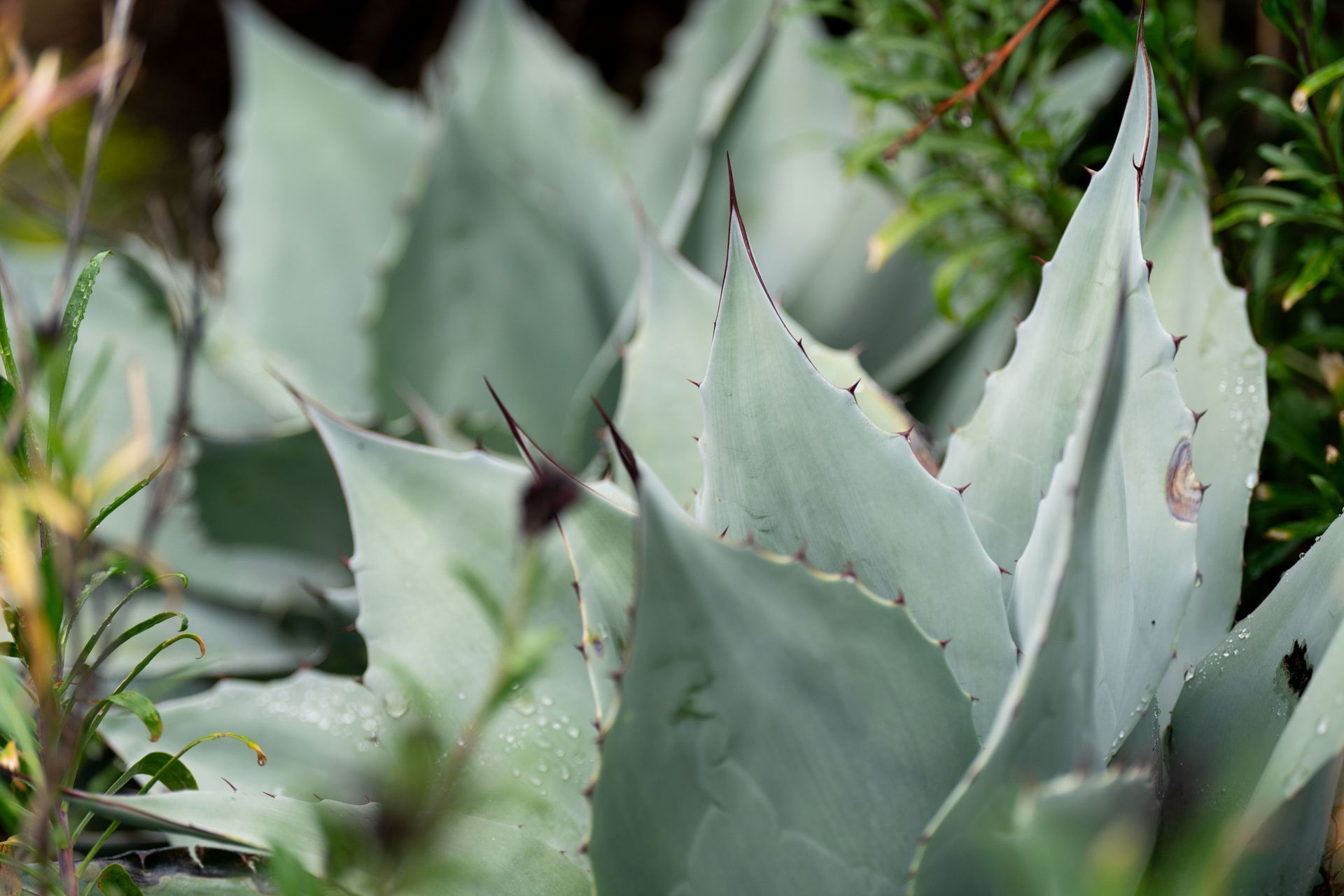
Summer is full-on, and we can all expect sunny, warm days. I naturally call this time of the year the Dry Season because that is what it normally is! That also means that if I plant ANYTHING, I had better hand water it because irrigation systems are meant to maintain plants, not get them through the hot, dry summer! Next summer, the system will take care of it, but not this summer! Weeds: I should encounter fewer weeds this month as the dryer weather prevents most seeds from sprouting. Therefore, unless my weeds are setting seeds, I pull them up and lay the helpless little things out in the hot, dry sun, where they can desiccate and turn to mulch! Mow regularly: I continue mowing at my preferred higher setting for the summer months rather than a low setting—this keeps the lawn healthier. It also helps to shade the grass roots and keep them cooler. This is especially important if I am trying to keep my irrigation system turned down to conserve money and water. Water: Make sure to water those plants that need a drink! The best time to water is in the early morning so that it does not evaporate quickly or blow away in the breeze. Generally, I set my irrigation so that it puts out one inch a week for the lawn. (Use up to 2” if it has been hot and dry). The planting beds get about half that amount of water per week! I recommend a drip system as it uses less water, and if you use the underground system, you don’t even see the water as it is under the mulch; there are NO little black spaghetti drippers to trip over! I always monitor my veggie garden closely so that crops do not dry out, and harvest regularly! Bouquets in the house! This is a great month to walk through the garden in the cool morning air to pick whatever looks good to bring into the house, either foliage or flowers. Fertilize: I will fertilize cucumbers, summer squash, and broccoli this month. I harvest vegetables when ripe to stimulate further production. Pest Control: I use Bacillus thuringiensis (BT) to control caterpillars on leafy vegetables, Geraniums, and Petunias, as needed. This bacteria is a disease of Caterpillars and won’t harm other creatures, including me! Keep in mind that insects are an important aspect of any habitat garden. Mulch: I use mulch to protect the soil and the plant’s roots from hot weather damage. Arborvitae care: It is essential to watch browning patches in the Arborvitae during the hot, dry summer months. This means that spider mite control is needed. They are a problem, particularly with Arborvitae hedges, hose off their foliage once a month, once a day, and for three days in a row. I usually pick the weekend to do this, so I spray once on Friday, then on Saturday, and then on Sunday. Arborvitae hedges are very susceptible to spider mite damage, and as a result, in a hot, dry summer, they can brow out or die! I have seen a lot of dead Arborvitae around. I avoid using Kelthane and other poisons for Spider mites. It is very poisonous for humans and animals. If I can just make the effort, spraying the foliage with water is not that big of a deal! Fleas: August is an important month to control outdoor fleas with spray (if one has outdoor pets.)
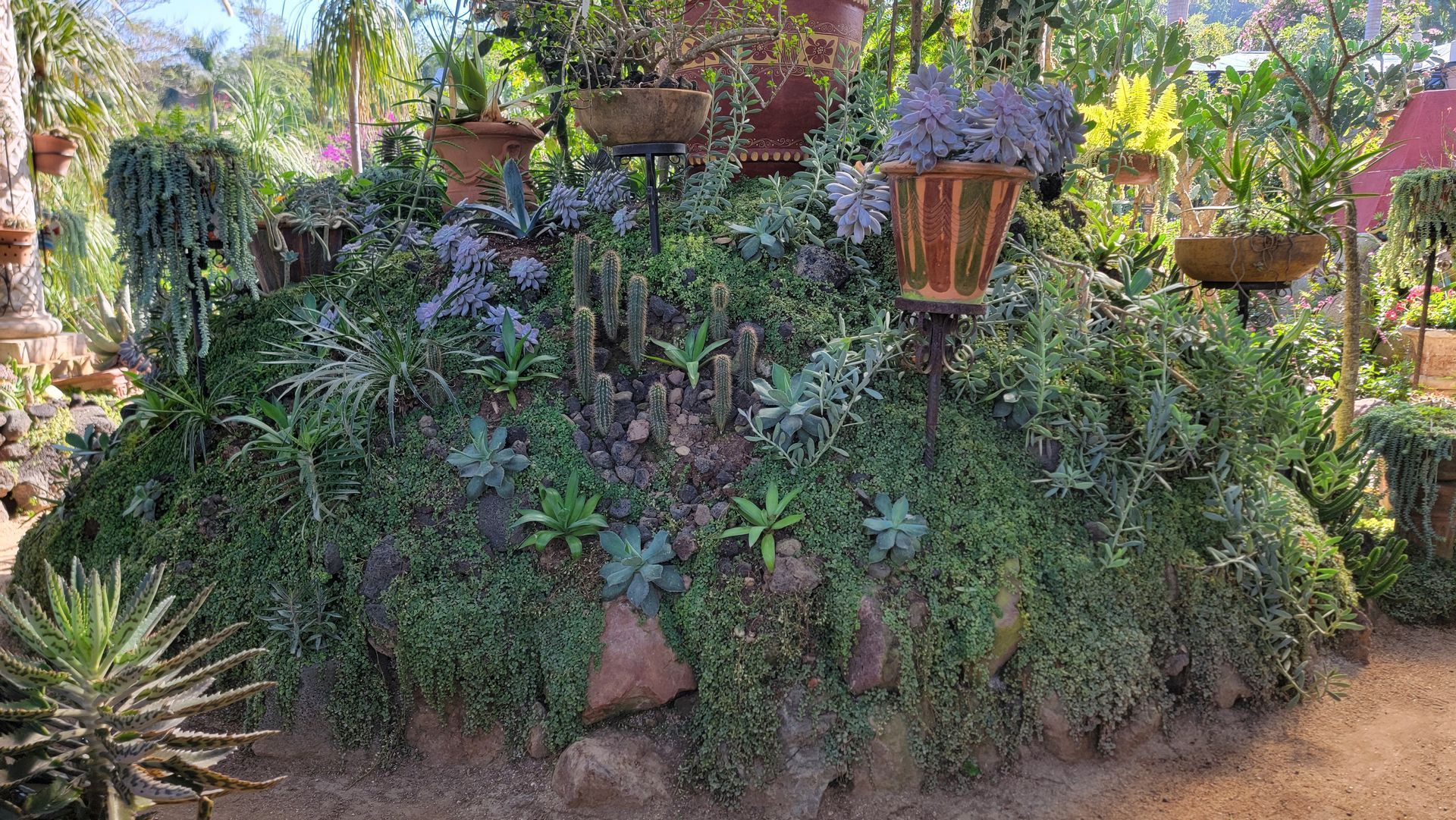
It’s been a few months since I posted part 1 of my visit to Puerto Vallarta Botanical Gardens, and I've received messages asking when part 2 would be posted, so here you go! If you missed part 1, you can catch it [ here ]. After leaving the beautiful cactus house, we headed to the lower portion of the property, where you can access the river and take a refreshing dip.
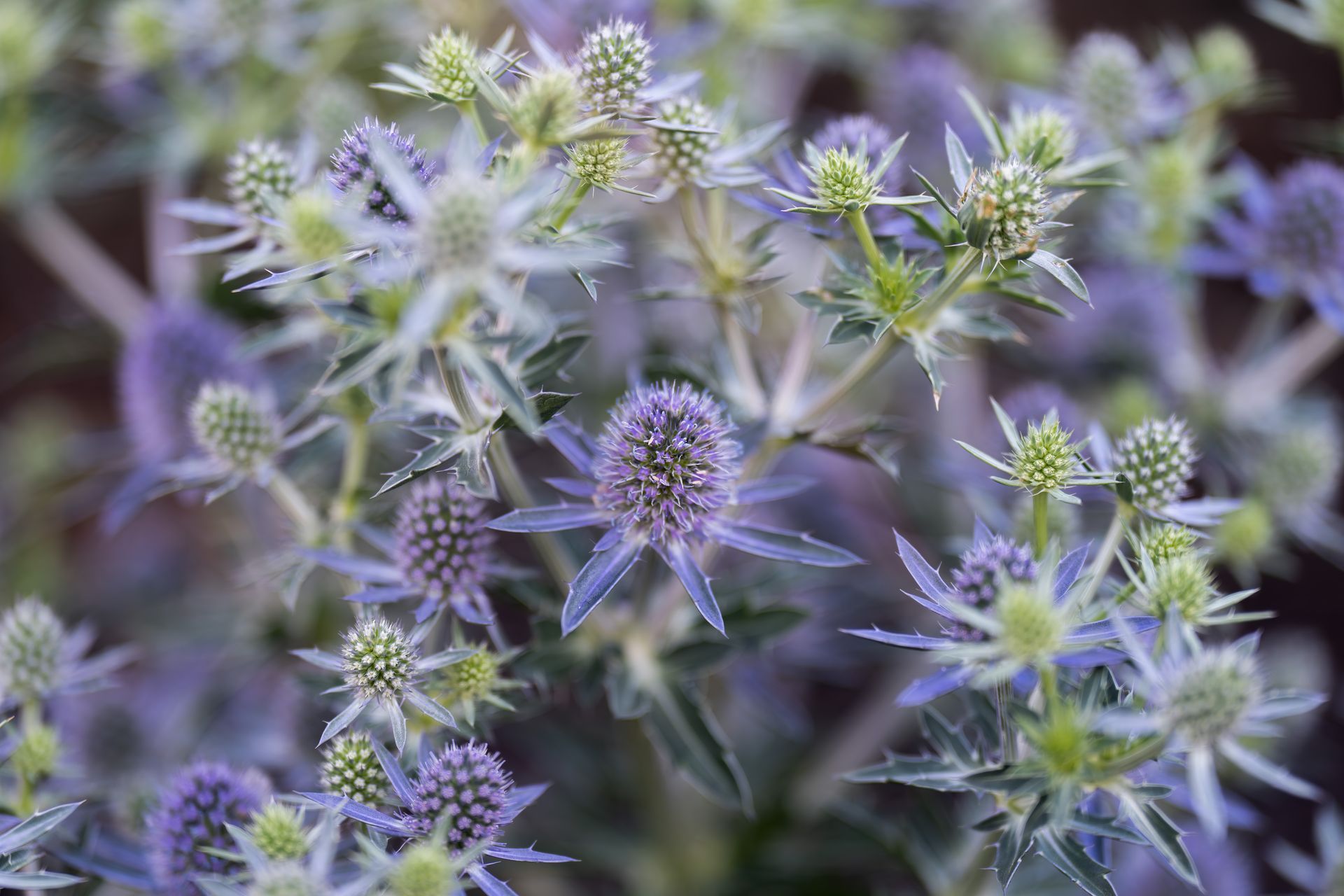
As we transition from Winterbloom, Inc. to Winterbloom Landscaping Cooperative , we will be making some changes to our newsletter, but we really want to keep sending you Phil's Tips and Tricks. We may begin adding to these over time or making some changes. After our cold Winter and mild spring, it is nice to see some sunny days. I've seen reports that we may have a milder summer; let's hope so! If you have a lawn you want to keep green, July is usually a dry month. We must irrigate lawns liberally to keep the grass from going dormant, but it is also okay to let your lawn go dormant and save some water. Prune any of your shrubs immediately after they have bloomed if they need it. However, remember that this is important only if it is required! Don’t prune them just to prune them! Keep up the weeding. Our wet spring grew masses of big weeds! Now, if the weather gets dry and hot, all one must do is cut the roots off or lift the baby weeds and let them dry to death on the ground. They will disappear in the hot sun. July is the month to fertilize lawns with an organic/natural fertilizer. Set your mower deck at the highest setting on the mower that you can tolerate. (Many people want to see lawns set at Golf Green elevation, about ¼” high.) However, this does not work well on home lawns, as no homeowners that I know can maintain their lawns to the degree that Golf courses do! The taller grass shades the roots and keeps the lawns healthy! In an average July, lawns need one inch of water per week. If we have a dry, hot wind, 1.5 to 2 inches does the trick. Check for Root Weevil adults in rhododendrons and azaleas. They create nasty notches on the leaves. Nematodes can be used to kill the Weevil larvae in the ground, or sticky traps on the trunk can be used to kill adult Weevils. Mulch, if you still need to do so, to conserve soil moisture using bark or other organic products like compost or clippings. Never use shredded rubber or ugly dyed bark dust! Watch for signs of spider mites on arborvitae hedges (dusty-looking foliage, loss of color, presence of tiny mites), and wash them with water from a hose. Pick a day when you can drench the branches, once a day for three days in a row. Repeat this practice once a month during the dry season. In this way you are acting like a heavy summer rain! This action disrupts their life cycle. You may dig spring bulbs when tops have died down. Divide them if overcrowded and store them in the garage in paper bags ( NOT plastic). if you have decided where you want to plant them, then go ahead and do it now or wait till fall. Stake tall-growing perennials as needed. Lilies, Dalmatias, and many tall daisies need this kind of care. End of month: prune boysenberries and other cane berries after harvest. Check for scale insects on camellias, holly, and maple trees. Check leafy vegetables for caterpillar attack. Mound soil up around base of potatoes. You can gather and eat a few “new” potatoes from each hill. Do not eat the green ones! They are not good for you. Cover up any potatoes which are showing! Consider planting Mid-summer selections of beets, bush beans, carrots, cauliflower, broccoli, lettuce, kale. Cover blueberry bushes with netting to keep robins off. Encourage beneficial insects by planting members of the sunflower family and carrot family (including Dill, Zinnias, Marigolds, Jerusalem Artichokes) Stake your tomatoes, watch for blight (prune for air circulation, pick off affected leaves). This is a good month to check those areas of your real estate which get little to NO water this time of the year and which possibly do not have any plants now or where you have tried, and plants simply will not grow! Consider a plant design for those areas and then plant drought tolerant (Xerophytic) plants this Fall when the rains begin! If you have questions about this call one of our designers to help you!
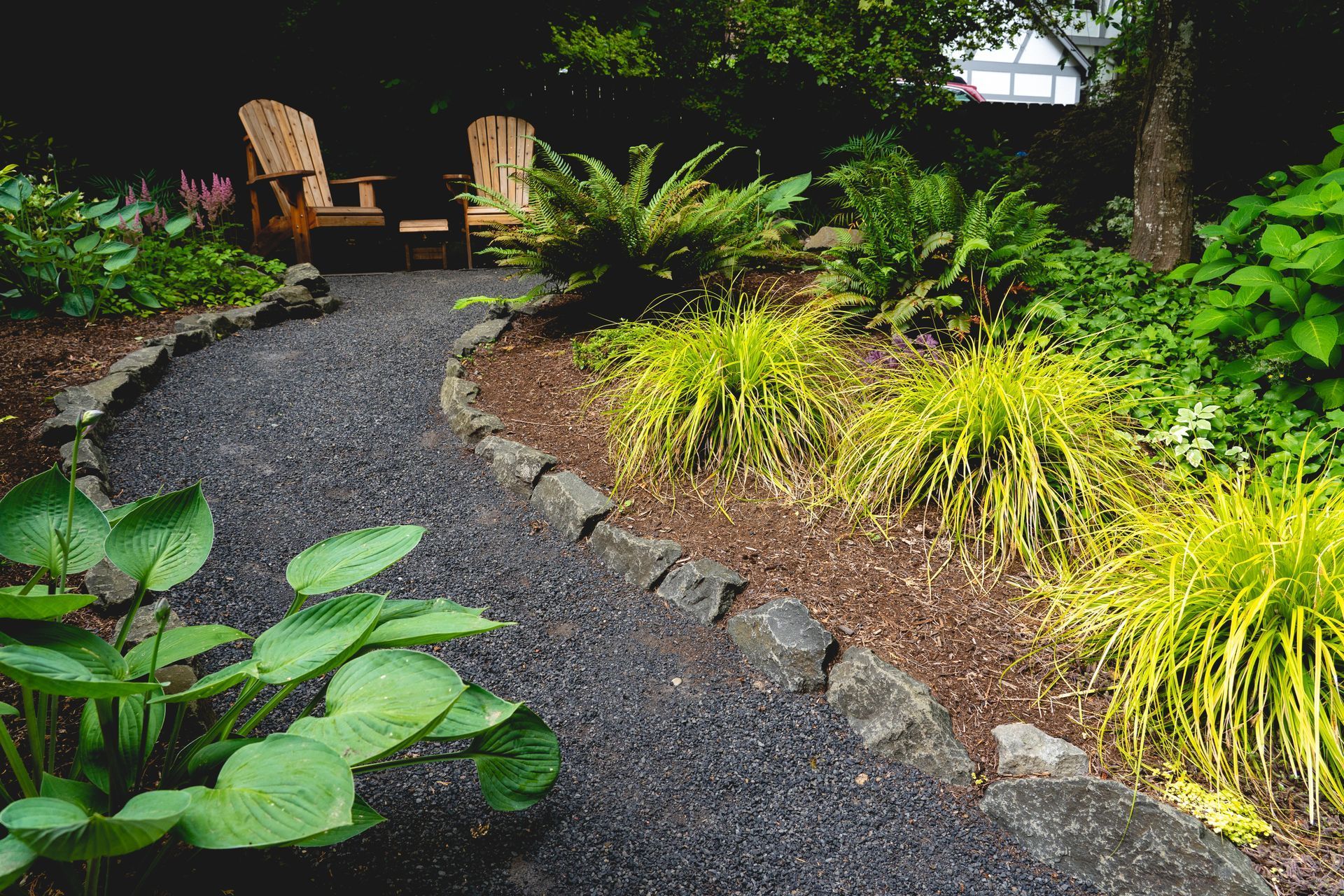
The essence of Winterbloom's style – a blend as unique as a rare botanical hybrid! I remember my dad, Phil (founder of Winterbloom), explaining our design philosophy to a client long ago. He called it a mix of Pacific Northwest calmness with a touch of Japanese finesse, sprinkled with the charm of an English garden. It might sound peculiar, but it's a blend that's shaped our landscapes over four decades. And if you know Phil, can you HEAR him say this?! Picture this: native Pacific Northwest plants mingling with carefully chosen cultivars, each with its own distinct character. For example, we have a slight infatuation for Hardy Fuchsias – originally from Chile and Argentina, yet perfectly at home in our temperate climate. Our design palette spans the globe, thanks to our favorable weather.

